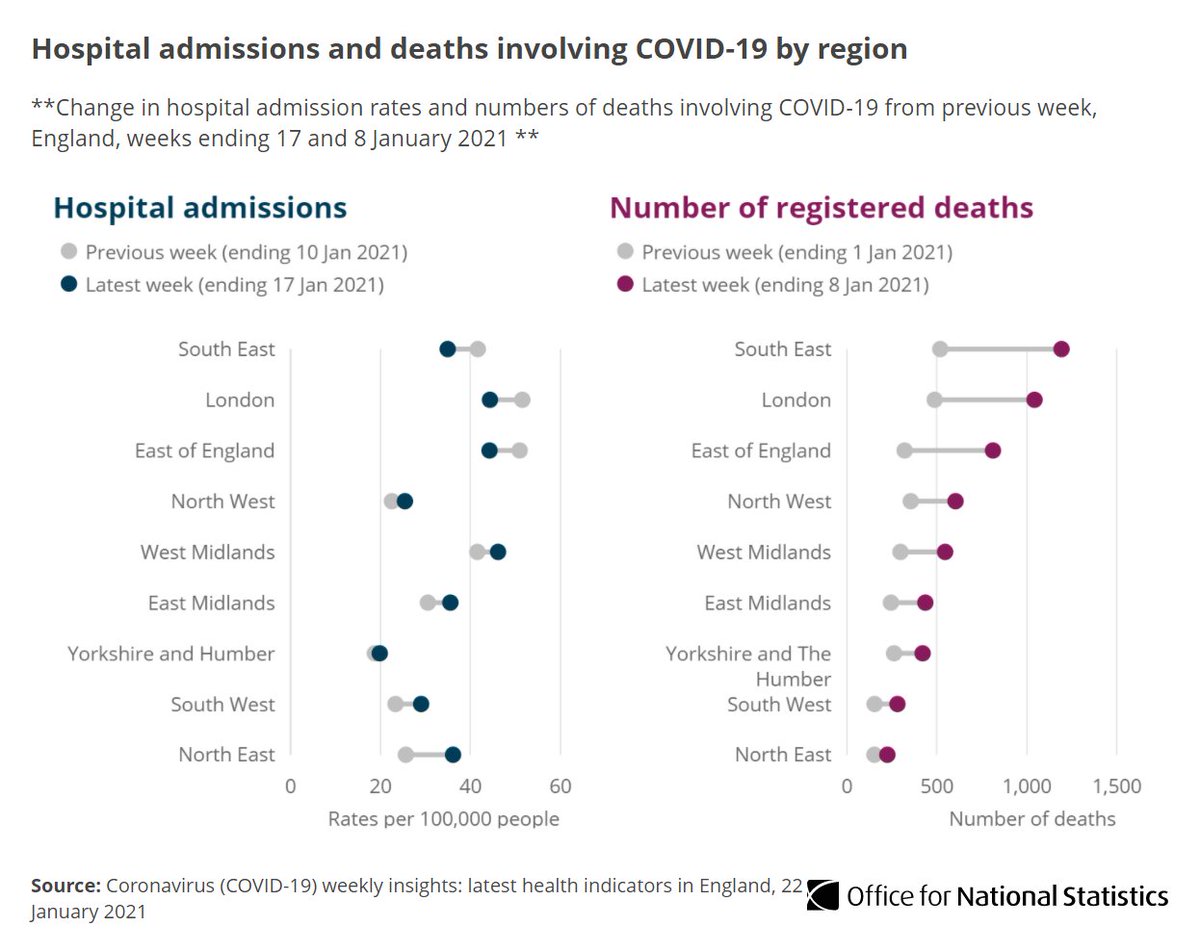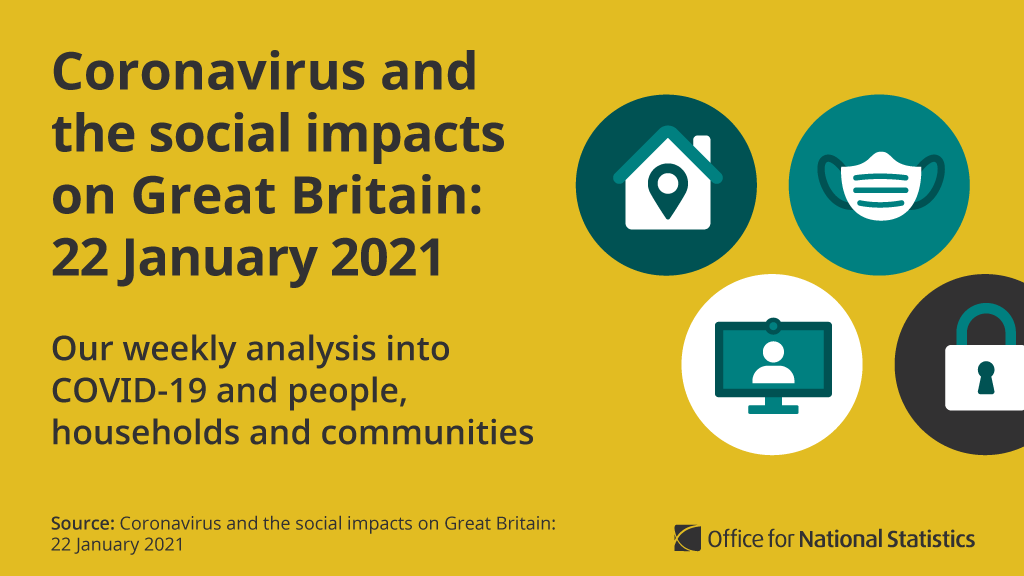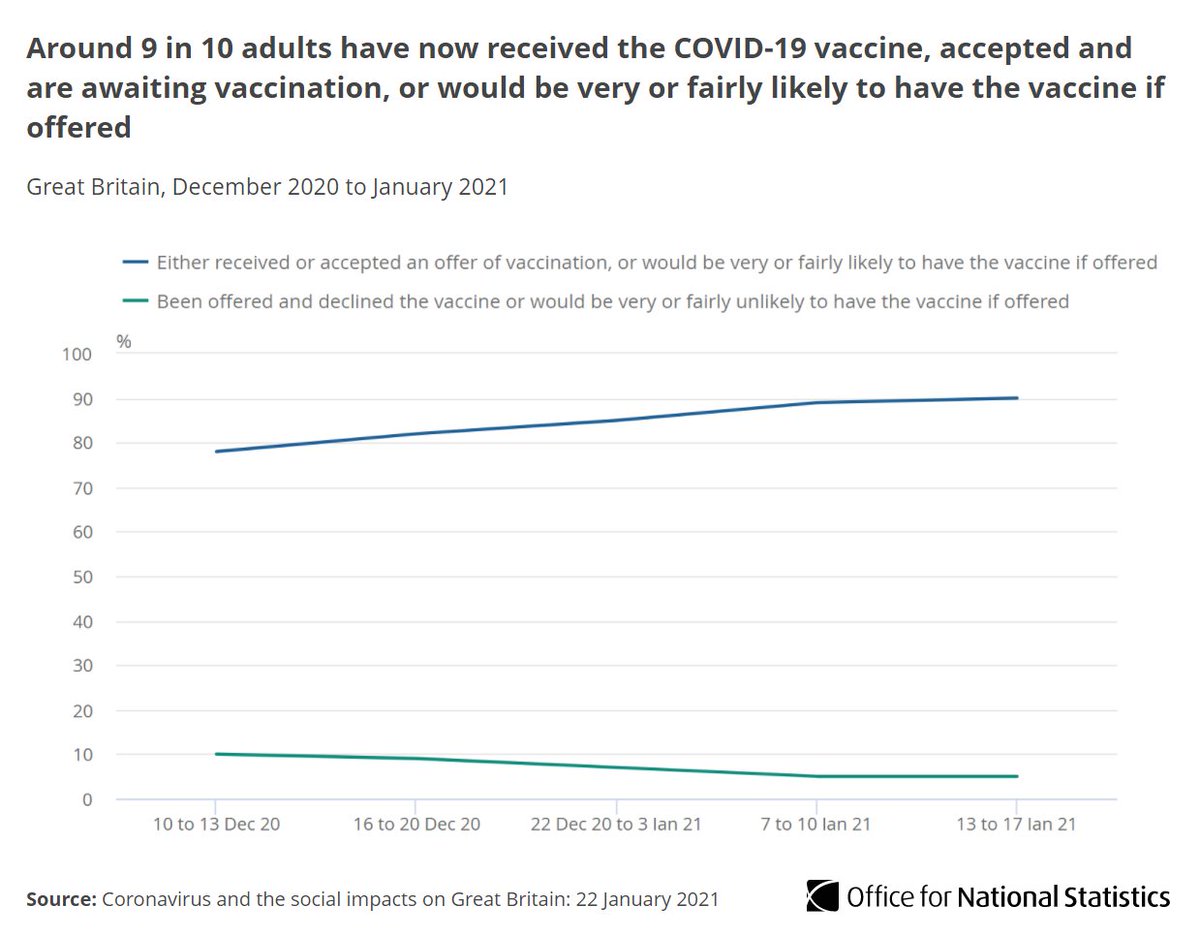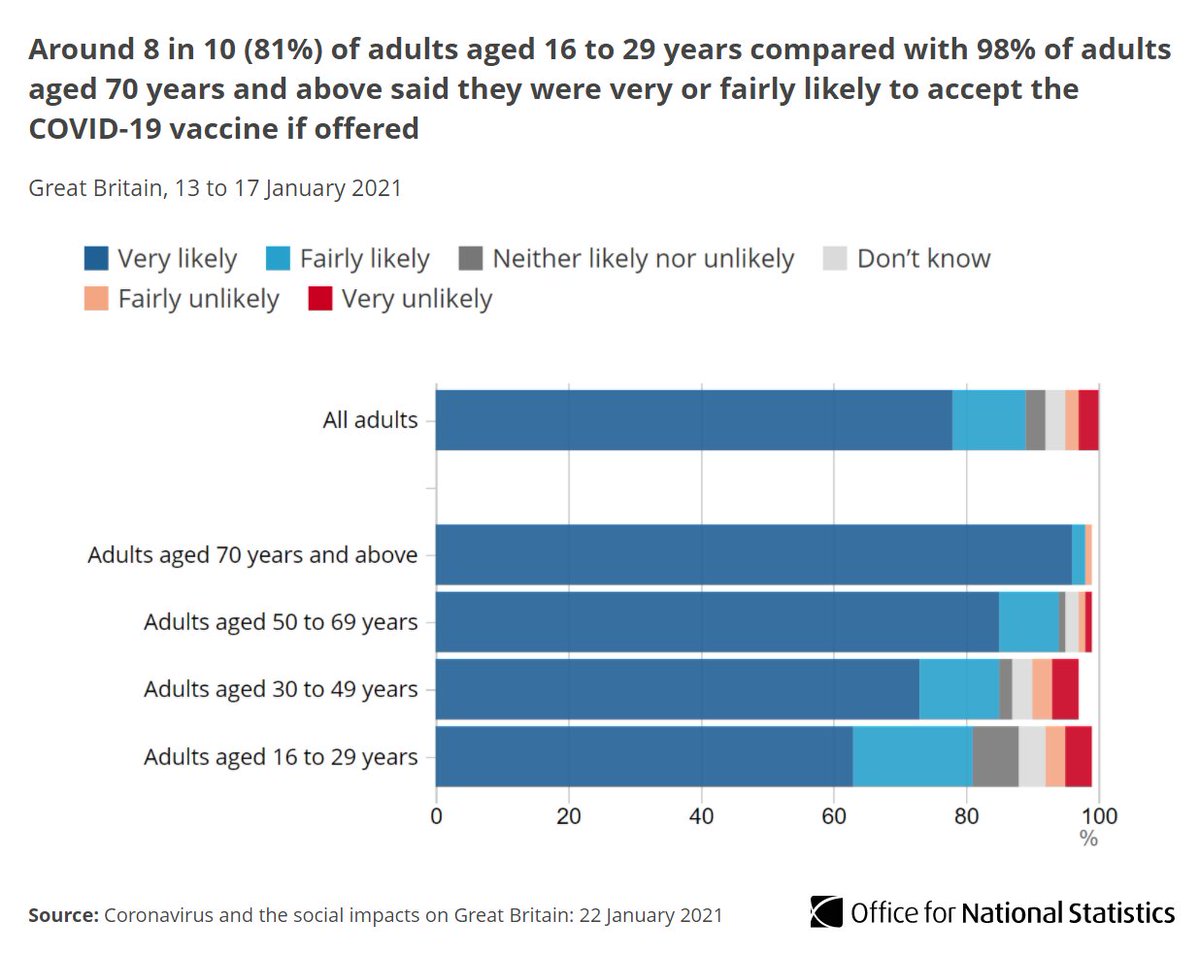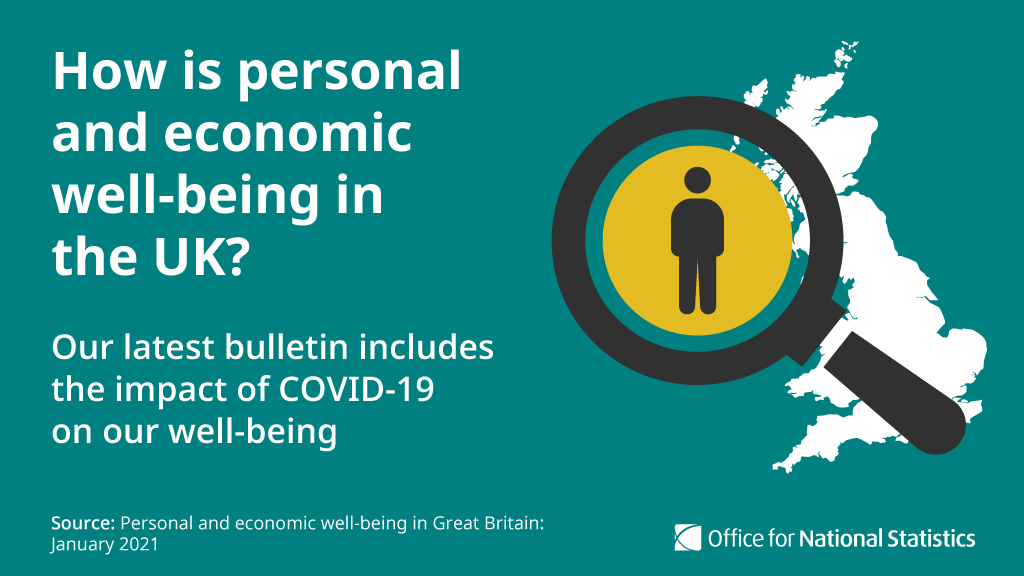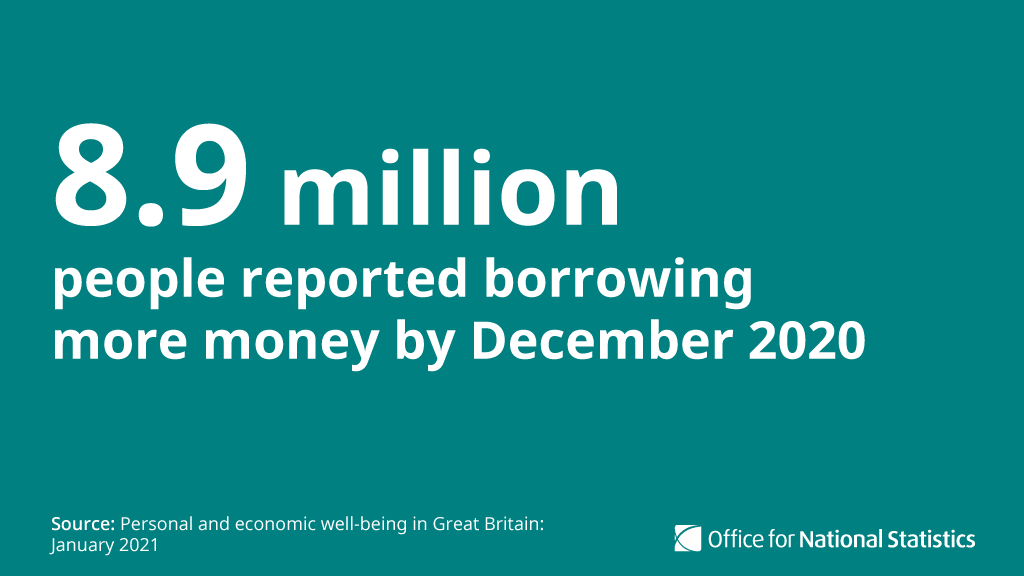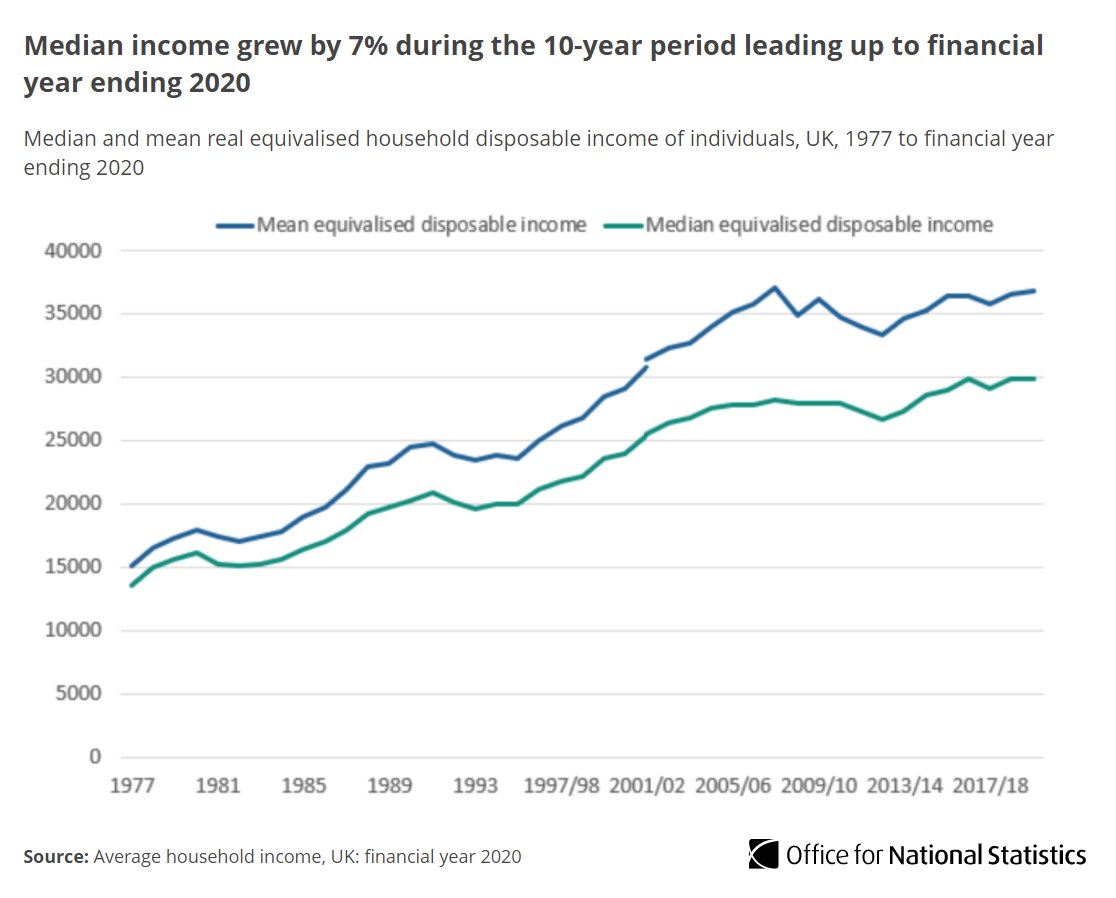
We’ve produced our latest estimates for the level of #COVID19 infection rates across the UK ow.ly/RTVZ50DfoKG 

Our latest estimate for England suggests the #COVID19 infection rate remains high but has decreased slightly.
Around 1 in 55 people not in care homes, hospitals or other institutional settings had #COVID19 in the week ending 16 January ow.ly/KL1C50DfoMJ
Around 1 in 55 people not in care homes, hospitals or other institutional settings had #COVID19 in the week ending 16 January ow.ly/KL1C50DfoMJ

In England, London and the North East had the highest infection rates in the week ending 16 January.
We estimate that in London, 1 in 35 people had #COVID19 ow.ly/A0q050DfoP0
We estimate that in London, 1 in 35 people had #COVID19 ow.ly/A0q050DfoP0

In Wales, the infection rate levelled off in the week ending 16 January.
We estimate that 44,000 people not in care homes, hospitals or other institutional settings in Wales had #COVID19, equal to 1 in 70 people ow.ly/ujUR50DfoRO
We estimate that 44,000 people not in care homes, hospitals or other institutional settings in Wales had #COVID19, equal to 1 in 70 people ow.ly/ujUR50DfoRO

The infection rate in Northern Ireland increased in the week ending 16 January.
We estimate that 29,400 people had #COVID19 in the week ending 16 January, or around 1 in 60 people ow.ly/xu0V50DfoWf
We estimate that 29,400 people had #COVID19 in the week ending 16 January, or around 1 in 60 people ow.ly/xu0V50DfoWf

In Scotland, the infection rate began to level off in the most recent week.
In the week ending 16 January, we estimate that 1 in 100 people in Scotland had #COVID19, or around 52,200 people ow.ly/hR7F50DfoZu
In the week ending 16 January, we estimate that 1 in 100 people in Scotland had #COVID19, or around 52,200 people ow.ly/hR7F50DfoZu

In the week ending 16 January, the percentage of positive cases that are compatible with the new variant of the virus has decreased in
▪️ London
▪️ the South East
▪️ the East of England
➡️ ow.ly/ldvU50Dfp2p
▪️ London
▪️ the South East
▪️ the East of England
➡️ ow.ly/ldvU50Dfp2p

In other regions, increases in positive cases that are compatible with the new variant have generally levelled off (in the week ending 16 January) ow.ly/jBlt50Dfp5A
• • •
Missing some Tweet in this thread? You can try to
force a refresh



